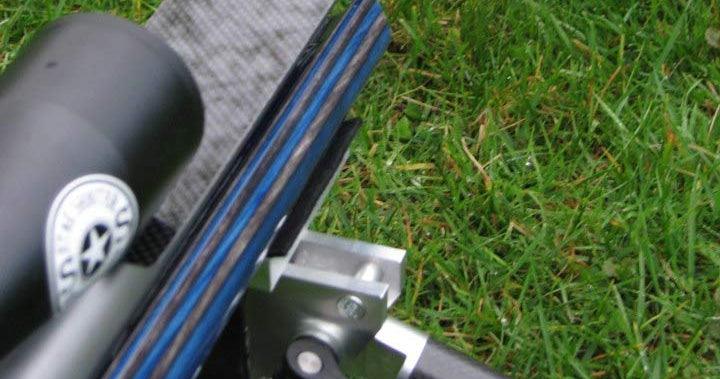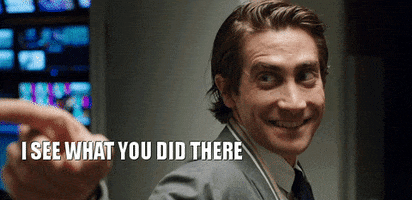epags
Well-Known Member
Since I live where we cannot have suppressors, I don't have anyone to ask. So, my questions is: Since the design of a suppressor is such that it must get pretty hot, why do users wrap rags around the suppressor? "Cool" factor or camouflage? Since the shooter is shooting long distance, camouflage shouldn't seem to be an issue.
Just askin.
Just askin.



